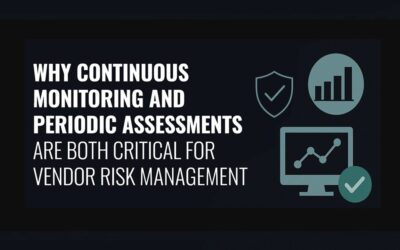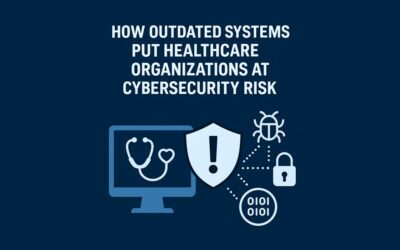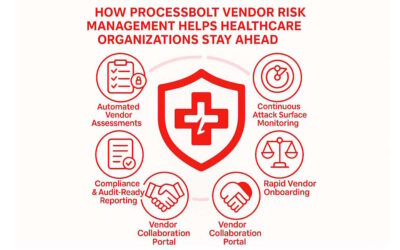What is Software Supply Chain Risk Management and Why Are People Starting to Care About it?
In today’s interconnected digital landscape, managing software supply chain risk has become increasingly vital for organizations. Software supply chain risk refers to the vulnerabilities and threats that arise from the third-party components and dependencies used in building software. These components can include libraries, frameworks, and tools developed by external entities. For example, these are typically used for adding functionalities, structuring applications, and managing software operations.
As organizations strive for faster development cycles and enhanced functionalities, they often incorporate third-party software components into their applications. However, this reliance on external components introduces significant risks. If any of these components are compromised, the security and integrity of the entire application can be jeopardized. This risk is particularly pronounced with open-source software, where the source code is publicly available. While this openness fosters collaboration and innovation, it also means that vulnerabilities can be more easily discovered and exploited by malicious actors compared to closed-source software, where the code is proprietary and only accessible to the creators.
The XZ Utils Breach
A notable example of software supply chain disruption is the recent breach involving XZ Utils, a widely used open-source compression library. XZ Utils is essential for compressing data to save space and is commonly used in Linux-based operating systems, which form the backbone of modern cloud infrastructures.
Hackers managed to insert malicious code into versions 5.6.0 and 5.6.1 of XZ Utils. This code created a backdoor, allowing attackers to potentially control any system using the compromised versions of the software. Specifically, the backdoor manipulated SSH, a protocol used for secure remote access. By using a predetermined encryption key, the attackers could stash any code within an SSH login certificate, upload it, and execute it on the affected system. This would allow the attackers to take control of the system, potentially stealing sensitive information, installing harmful software, or disrupting operations.
This attack was highly sophisticated and was potentially planned as early as 2021. The attackers meticulously crafted the backdoor to blend seamlessly with the legitimate functionality of XZ Utils, making detection challenging. The strategic insertion of the malicious code into a widely used tool highlights the advanced capabilities and long-term planning involved in this breach.
Fortunately, a vigilant Microsoft developer discovered the vulnerability before widespread damage could occur. The developer identified the malicious code embedded within XZ Utils, bringing it to the attention of the wider cybersecurity community. This prompt identification and response helped mitigate the potential impact of the breach, preventing hackers from exploiting the vulnerability on a larger scale.
Why Organizations Need to Assess and Monitor Software Supply Chain Risk
It is critical for organizations to assess and monitor the integrity of third-party components used in their applications. For example, it is important to monitor components like XZ Utils to quickly identify any vulnerabilities that could potentially compromise your internal applications. Having a comprehensive view of all components used to develop software applications, and being able to identify and remediate risks associated with these components, is key to ensuring the integrity of your application.
Furthermore, vendors that you work with also rely on third-party components, making it essential to ensure that your vendors have strong controls in place related to software supply chain security. Assessing vendors to understand what controls they have in place for managing this risk is critical. For example, it is important to understand their policies to ensure the integrity of software releases and to know the components that key vendors rely on, along with the corresponding risks associated with these components.
By implementing these strategies, organizations can better manage software supply chain risk and protect their applications from potential breaches. Understanding and addressing software supply chain risks is essential for maintaining the security and integrity of modern digital infrastructures. Through proactive vendor risk management, organizations can mitigate these risks and safeguard their software ecosystems.
Get in touch with a ProcessBolt third-party risk expert today to discuss how the latest innovations in attack surface monitoring and AI can help you more effectively manage software supply chain risk.





